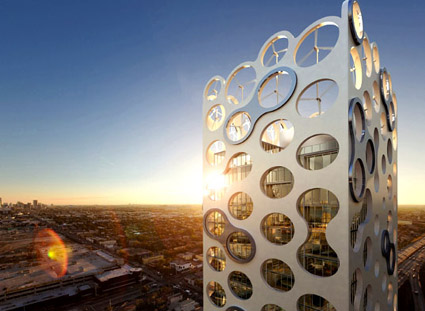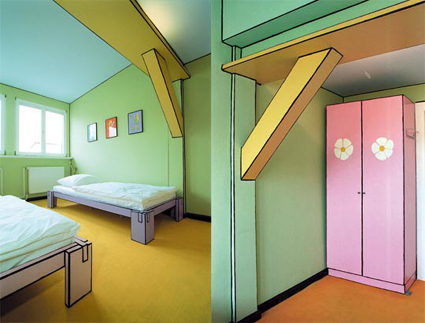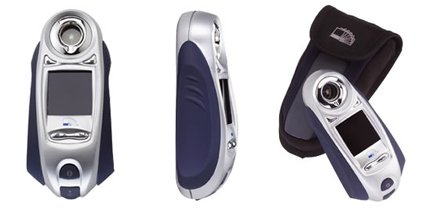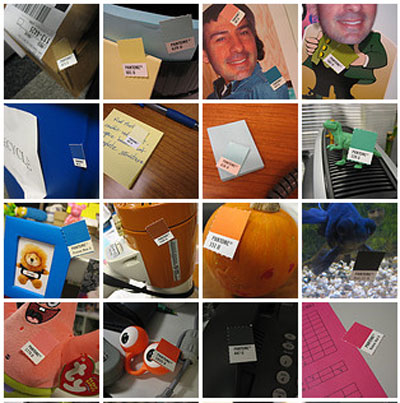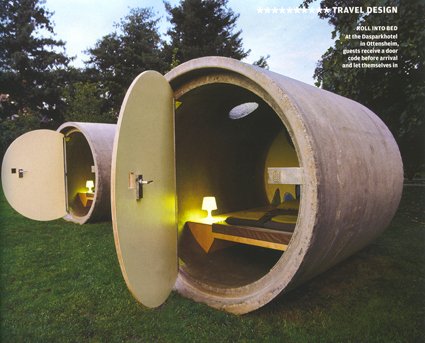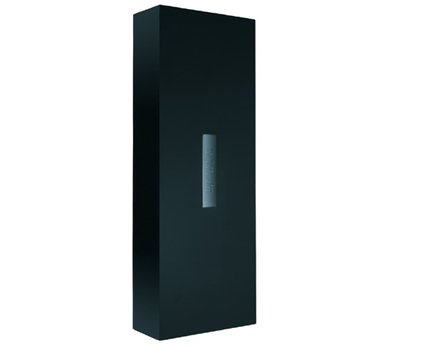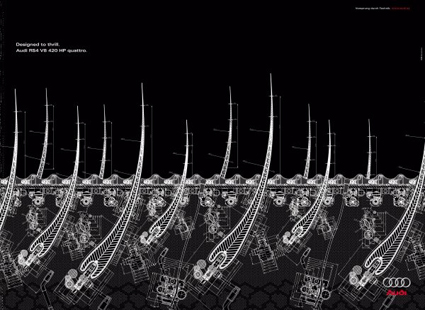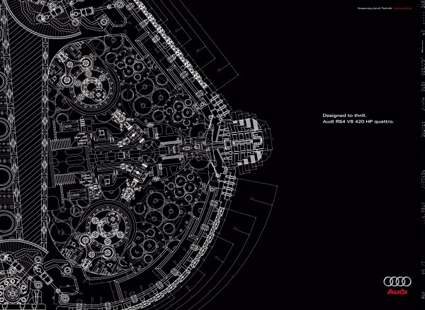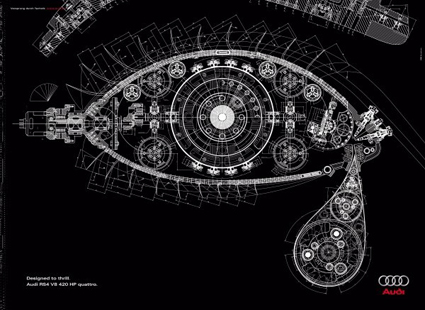When it comes to how you’d measure how satisfied a user is with your product/service, an article summed it up quite succinctly and simply: the words that you need to look for coming out of the user’s mouth is: “COOL!”.
That’s where passion begins. Those are the words I want every user of my product to utter. Ideally followed up by something like:
“Dude, you have to check this out.”
I don’t want their reaction to be a measured, rational, dispassionate analysis of why the product is better than the alternatives, how the cost is more reasonable, feature set more complete, UI more AJAXified. I don’t want them to pause to analyze the boring feature comparison chart on the back of the box.
That is an incredibly high mark. Satisfying the user so completely that he is left with nothing but amazement, and it’s not stopping there: he is so satisfied from the product that there is nothing but a compelling, almost religious desire to spread it around – to his friends, families, and even strangers – just for them to experience the experience as well. This is the pinnacle of user satisfaction – have them like it so much that they just have to evangelize it.
These are the kinds of products that creates a fan base of its own – people would make video tributes to it; spoof it; make stuff about it that goes viral. And those are really the highest forms of honor and endorsement – possibly one of the most effective ones too, now that our attention span to individual advertisements across any platform are greatly reduced.
Some examples that I could think of are Apple products and Mozilla Firefox. While there may be other companies having items that can match the sale volume of Apple’s gadgets, how many can also boast websites created by fans in anticipation of future products? iPhone Concept Blog features fan art sent from around the world in anticipation of Apple’s iPhone. People dedicating many hours of their time, painstakingly dreaming up and illustrating what your company might produce in the future.
How about Firefox? It inspires users enough to have a site showcasing fans who spent time developing 30seconds flicks to advertise Firefox – free ads made and widely distributed by fans evangelizing the browser. Or how about this picture below – crop circles cut in the mark of Firefox – perhaps to advertise it to aliens from outer space?

So, when you’re designing, set that ideal in mind – “satisfied” is a good start – but look beyond! Have them enthralled! Thrilled! Mesmerized! They’d tell the world about it, perhaps make guides and hacks around it; they’d be your most persuasive marketers. Have them evangelize your products!



